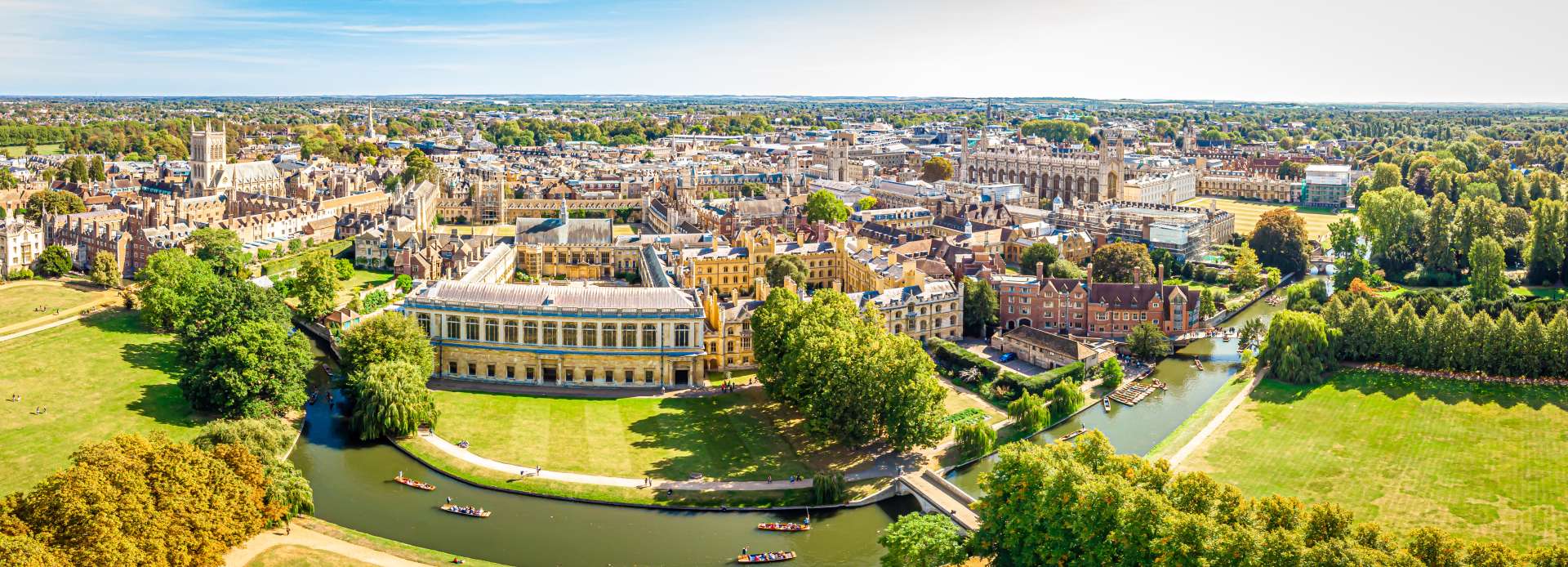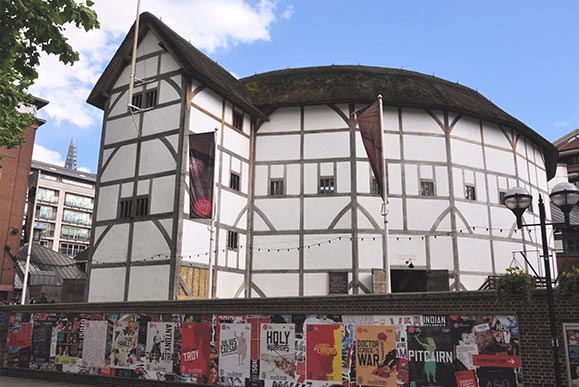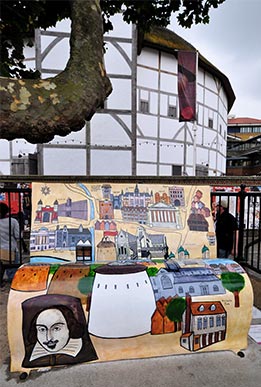
Freud Museum — Inside the Mind of Psychoanalysis
Explore Sigmund Freud’s London Home, His Famous Couch, and Collection of Antiquities 20 Maresfield Gardens, London NW3 5SX
Specification
Where Science Meets the Subconscious
Hidden in a quiet street in Hampstead, the Freud Museum London preserves the final home of Sigmund Freud, the father of psychoanalysis.
Freud fled Nazi-occupied Vienna in 1938 and spent his final year here, surrounded by books, family, and the objects that inspired his revolutionary theories of the human mind.
Today, this elegant house remains one of London’s most thought-provoking museums — part study, part sanctuary, and part time capsule.
A Refuge and a Legacy
When Freud arrived in London at the age of 82, he brought with him more than 2,000 antiquities — Egyptian, Greek, Roman, and Asian objects that lined his study.
They symbolised his deep belief that the human mind, like archaeology, required excavation to uncover hidden truths.
Despite ill health, Freud continued to work and write here, completing Moses and Monotheism.
Therefore, the house at 20 Maresfield Gardens stands as both his refuge and his lasting monument to intellect and resilience.
Exploring the Freud Museum
1. Freud’s Study
The heart of the museum is Freud’s study, carefully preserved exactly as he left it.
Here stands the world-famous psychoanalytic couch, draped in richly patterned rugs and cushions, where patients once spoke freely of their dreams and fears.
In addition, the room’s warm light, antique statues, and overflowing bookshelves reflect the mind of a man constantly seeking meaning in the past and present.
2. Anna Freud’s Legacy
After her father’s death in 1939, Anna Freud, a pioneering child psychologist, lived in the house until 1982.
Her presence shaped the museum’s dual legacy — as both a memorial to Freud and a centre for continuing psychoanalytic thought.
Exhibitions and research projects today often explore her groundbreaking work in child development and education.
3. The Collections and Exhibitions
Beyond the study, visitors can explore temporary exhibitions, letters, and early editions of Freud’s works.
The museum frequently hosts art installations, lectures, and events connecting psychology with culture, literature, and politics.
Moreover, its garden — where Freud spent his final days — offers a peaceful space for quiet reflection.
Learn more at the Freud Museum official website
A Journey into the Unconscious
The Freud Museum is more than a historical home — it’s an invitation to step into the birthplace of modern psychology.
It encourages visitors to think, question, and reflect, much as Freud’s patients once did on that iconic couch.
Furthermore, the museum bridges science, art, and philosophy, revealing how Freud’s ideas still shape culture today.
Visiting the Freud Museum
How to Get There
Address: 20 Maresfield Gardens, London NW3 5SX
By Tube: Finchley Road or Swiss Cottage (Jubilee Line).
By Bus: Routes 13, 113, 187, 268 stop nearby.
By Train: Finchley Road & Frognal Station — 10 minutes’ walk.
Opening Hours & Admission
Open Wednesday–Sunday, 10:30am–5pm. Entry ticket required; concessions available.
Facilities
Gift shop and café area
Step-free access to ground floor
Audio guides available
Talks and educational events
Nearby Attractions
Keats House: Romantic poet’s home in Hampstead.
Kenwood House: Neoclassical mansion with art and gardens.
Hampstead Heath: Expansive parkland with views over London.
Highgate Cemetery: Resting place of historic figures and artists.
Together, they form the Hampstead Heritage and Culture Trail.
Why Visit the Freud Museum?
The Freud Museum offers a rare window into the personal and intellectual world of one of the 20th century’s most influential thinkers.
It’s a place where psychology becomes tangible — where you can stand beside the couch that changed how we understand the mind.
Whether you’re a student of psychology, a lover of history, or simply curious about human nature, this museum offers a quietly powerful experience.
It’s not just a house — it’s a journey into the heart of the human psyche.






No Reviews